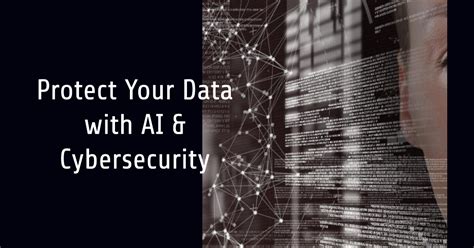The Role of AI in Increasing Blockchain Transparency
In recent years, blockchain technology has grown rapidly and has been applied across a variety of industries. One of the main areas where blockchain is used to ensure transparency and reliability is financial transactions. However, one of the main challenges is ensuring that these transactions are secure, reliable, and transparent.
Blockchain technology enables the secure, decentralized, and transparent storage and exchange of data using a network of peer-to-peer computers called nodes. Each node verifies and records all transactions, maintaining a permanent, tamper-proof ledger. This decentralized architecture allows multiple parties to view the entire history of the blockchain without relying on intermediaries.
Despite its many advantages, blockchain transparency is often undermined by various factors, such as:
- Lack of standardization: The lack of a standardized data format makes it difficult to compare transactions across different platforms and networks.
- Limited trust in nodes: The fact that multiple nodes can simultaneously verify transactions creates the possibility of node compromise or blockchain manipulation.
- Insufficient verification mechanisms: Current blockchain verification methods often rely on manual review, which is time-consuming and prone to human error.
To address these challenges and increase blockchain transparency, researchers are exploring the application of artificial intelligence (AI) to various aspects of blockchain technology.
The role of AI in increasing blockchain transparency
Artificial intelligence plays several key roles in increasing blockchain transparency:
- Automatic data verification
: AI can be used to analyze large amounts of data and detect potential errors or inconsistencies that could compromise the integrity of the blockchain.
- Node Network Optimization

: By analyzing patterns and anomalies in a network of nodes, AI can optimize node configurations, reduce energy consumption, and improve overall system performance.
- Predictive Modeling: Machine learning algorithms can be trained to predict potential blockchain issues so that proactive measures can be taken to mitigate these risks.
How AI can help improve blockchain transparency
Some ways AI can improve blockchain transparency include:
- Blockchain Analytics Toolkit: Developing AI-based tools that analyze and visualize blockchain data can help identify trends, patterns, and anomalies that may indicate network issues.
- Machine Learning-Based Automated Audits: AI algorithms can be trained to detect potential security threats or vulnerabilities in smart contracts, ensuring they are compliant with relevant regulations.
- Edge Computing: With edge computing, AI can analyze data at the moment of generation rather than in real time, reducing latency and enabling faster decision-making.
Challenges and Future Directions
While the application of AI to blockchain technology has shown promise, there are still several challenges that need to be addressed to make it a viable solution for increasing transparency:
- Scaling: As the number of transactions increases, data validation also becomes more complex.
- Interoperability: Ensuring smooth interoperability between different blockchain networks and systems will require significant investment in standardization efforts.
- Regulatory Systems: Governments and regulators need to adapt their existing systems to accommodate AI solutions that enhance transparency.
Conclusion
The application of artificial intelligence (AI) has enormous potential to increase blockchain transparency.
